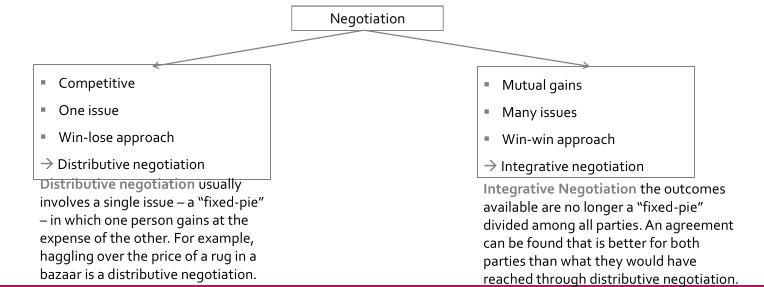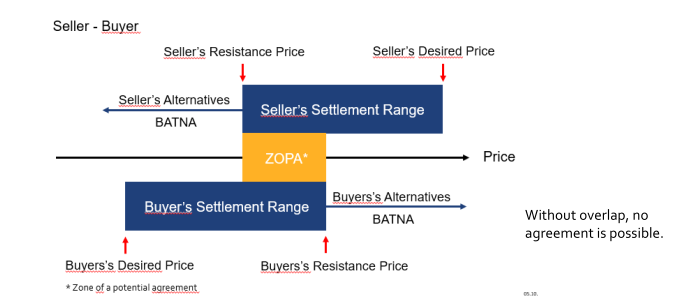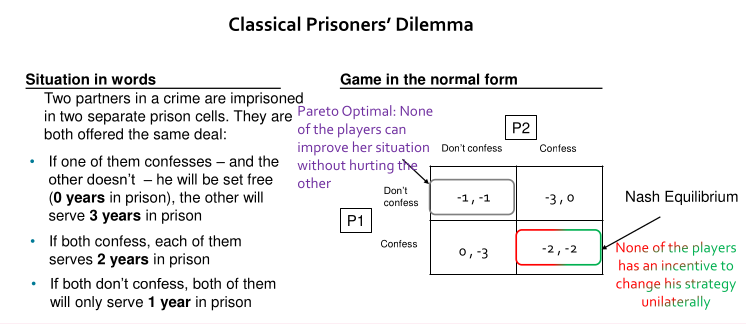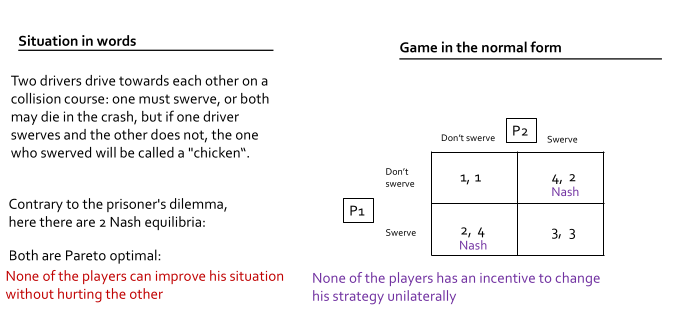Theories of Negotiations
Typology of Negotiations
Two key types:
- Bilateral vs Multilateral negotiations.
- Distributive vs Integrative negotiations.
Bilateral negotiation
- Involve two actors seeking a mutually acceptable outcome.
- Characterised by interdependence despite unequal resources.
- Defined by formal equality.
- That’s the point of the system: sovereignty, UN charter→ basically respecting each country.
- Ex: Armenia-Azerbaïdjan.
- There is an international system composed of states. As an actor, it is possible to talk to others. When you have a lot of actors, it is not possible to do bilateral negotiations constantly. Some problems are global.
- Armenia wanted to bring in allies (e.g: France), the powerful one being Azerbaïdjan which didn’t want to.
- Multilateralising a conflict by bringing in the UN among others can also help draw a resolution or enforce peace.
Multilateral negotiations
- Multiple actors, multi-issue agenda, cultural diversity.
- Strategies include sequencing, persuasion, coercion, alliance-building.
- Weaker states often prefer multilateralism.
- Often take place in international organisations.
- Foster diffuse reciprocity through repeated interaction.
- See each other more→ understand each other (liberalism)→ more liberal approaches emerge between countries.
- Ex: Paris Agreement (2015).
Distributive vs. integrative negotiation

- Distributive = Fixed pie, win-lose, coercion, salami tactics.
- Integrative = Expand the pie, win-win, creative problem-solving.
Distributive negotiation
- Win-lose, zero-sum outcomes.
- Parties act as adversaries.
- Information is withheld to maximise gains.
- Examples:
- Marketplace haggling.
- Territorial disputes (e.g., India–China border conflict).
- Trade tariff negotiations (e.g., US–China trade war).

Integrative negotiation
- Win-win, positive-sum outcomes.
- Parties collaborate as partners.
- Emphasis on information sharing and creative solutions.
- Examples: (Multilateral negotiations).
- Peace agreements (e.g., Camp David Accords).
- Each wanted something different, both got what they wanted as it wasn’t incompatible. There were two pies, in a way.
- Climate negotiations (e.g., Paris Agreement).

- Peace agreements (e.g., Camp David Accords).
The Orange story

Key negotiation concepts
- The world of Negotiation theory is filled with popular concepts: Starting Point, Reservation Point (bottom line), Target point , Formula-detail, Institutional Context, Failed/Just Outcomes ….
- Amongst the most popular concepts, are:
- Zone of potential agreement (ZOPA) is the bargaining range where two or more negotiating parties might find common ground. The parties must have a common image of the outcome they want to achieve and the ZOPA typically includes at least some of the ideas and interests of each party to get there.
- Best Alternative to a Negotiated Agreement (BATNA) is the best and most advantageous alternative course of action for a negotiating party if negotiations fail and an agreement is not reached.

Theoretical Approaches to Negotiation
All these concepts derive from theories/approaches! Such as:
- Principled approach (interests VS positions)
- Structural approaches (power asymmetries, hard power).
- Strategic approaches (game theory, bargaining).
- Sequential/process-based analyses (phases of negotiation).
- Constructivist approaches (norms, values, culture).
- Behavioural & psycho-cognitive approaches.
- Historical sociology approaches.
Be careful:
- Dont get overwhelmed.
- Dive in→you can get lost.
- Each theory is just a different pair of glasses, depending on your needs as negotiators or students trying to make sense of negotiation.
- E.g: Cold War from realism (assured mutual destruction) or liberalism (interdependence economically and mutual profit from cooperation) to explain lack of war in Europe.
- The meaning of things such as power changes greatly and so does the conception of our world.
Principled approach: Getting to Yes

The Harvard Method
Developed by Fisher and Ury (1981). Four key principles:
- Separate people from the problem.
- Focus on interests, not positions.
- Position: manifestation of an interest in a concrete manner.
- Interest: underlying motivation, concern, and importance.
- Generate options for mutual gain.
- Base outcomes on objective criteria/standard.
Principled negotiation in practice
- BATNA (Best Alternative to a Negotiated Agreement).
- Managing relationships and emotions.
- Use of perception, empathy, active listening.
- Ensures fair, sustainable agreements.
- Ex: Camp David Accords (shared interest: regional stability. But interest as security + recognition (ISR) VS reagining Sinai Peninsula territory (EGY)).
Limits of principled negotiation
- Describes the world as it should be, and not as it is.
- Oversimplification: does not take into consideration complexity of parties (States are not unitary actors).
- Interests can then change, unless you assume that cultural norms exclusively shape them (they also change either way).
- Relies on anecdotal evidence. Not much science behind it.
Structural approaches
- Negotiation reflects underlying power relations. Emphasises the role of economic, military, and political resources in shaping outcomes.
- Realist/neo-realist parallels.
- Key Authors: Hans Morgenthau, Henry Kissinger.
- Example: U.S.–China trade negotiations where economic and military power shaped outcomes.
Strategic approaches
- Focus on rational decision-making, game theory, and bargaining models. Strategic approaches use mathematical models to predict negotiation outcomes.
- Trying to predict whether the Soviet Union would or wouldn’t make more missiles if the USA did as well, e.g.
- Use of game theory models.
- Highlights rational choice.
- Key Authors: John von Neumann, John Nash, Thomas Schelling-
- Example: Cold War arms race and negotiations modelled as a Prisoner’s Dilemma.
Game theory in negotiation
- Developed by John von Neumann (1920’).
- The Prisoner’s Dilemma illustrates cooperation vs defection.

- Analysis of strategic decision-making and conflict of interests among the players.
- Result of the decision-making depends on the other players’ decisions.
- Strictly formalised by means of mathematical models.
- There are other games such as the chicken game:

Limits of game theory
- Assumes rationality, overlooks trust and emotions.
- Explains outcomes but not values or norms.
- Everyone doesn’t think following the same system basically.
- Highly systematic but free of any consideration of process as practised in negotiation.
- E.g.: deciding to wait for new elections in a state before negotiating with it.
- Negotiation also requires concessions, trust, and face-saving.
Sequential/Procedural approaches
- Analyses negotiation as a process with distinct phases: preparation, bargaining, and implementation.
- Negotiation as a sequence of concessions.
- Breaks negotiation into stages, allowing for targeted strategies at each phase (Ripeness theory, mutually hurting stalemate (MHS)).
- Each concession signals intent and encourages reciprocity.
- Key Authors: I. William Zartman.
- Example: Colombian peace talks.
- Reduce arms violence, many actors→big implementation phase.

- Reduce arms violence, many actors→big implementation phase.
Limitations
- Reality often more non-linear with overlaps and deadlocks.
- Risk: purely regressive bargaining vs creative solutions.
Constructivist approaches
- Normative, legitimising, and socialising aspects.
- Highlights the role of norms, values, identity, and social context.
- Negotiation is seen as a process of social construction.
- Constructivist approaches argue that negotiation outcomes are shaped by social context and collective identities.
- Negotiation builds its own culture of norms, ideas or gender.
- Interests are socially constructed, not fixed.
- Power is not just a mechanical transformation of ressource.
- Example: Lybia Intervention (2011). Adler Niessen & Pouliot , Negotiation as practice/Ars vivendi.